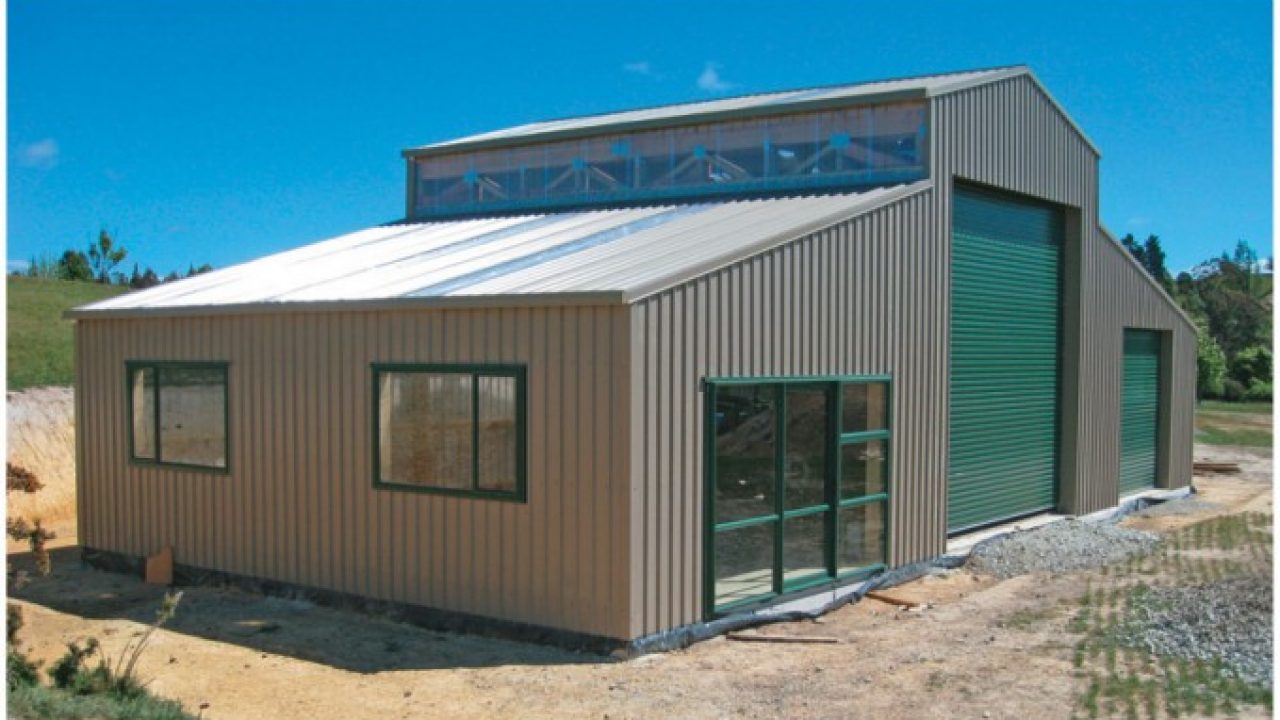Workspaces are crucial for various homeowners but also become a basic necessity for businesses providing manual labor services, such as farms or car garages. Whether you own a commercial or residential property, building a shed, a barn, or any other outdoor workspace can be a huge undertaking.
But building such structures does not happen without a few challenges of its own, and there are a few commonly made mistakes that can be detrimental to the use case of the building or outright fatal. This is why this article has listed a few common mistakes and the logical reasoning behind them.
Table of Contents
Incorrect placement
Consider where you want the shed before checking at plans or getting in touch with contractors. If you have enough space, think about locating your shed such that no views are impeded from your home.
When deciding exactly what the shed will be used for, placement also matters. You should consider it closer to your house or, at the very least, within very reasonable walking distance if you plan to utilize the area for office or guest accommodations. Access is another crucial consideration; avoid situating your shed in a difficult-to-reach location. Your driveway may need to be extended, but it will be a worthwhile investment.
Lack of Climate Consideration
An open shed can only be used all year round if you live in a relatively temperate area because it is an outdoor structure. Sitting outside for any time is uncomfortable in hot or cold weather.
Consider a covered shed with insulation and a heater if you live somewhere with long, bitterly cold winters. Also, consider constructing a fireplace for an additional comfortable touch if your budget permits.
Climates that are extremely hot and humid require precise tailoring. All you need for year-round comfort in your workspace is a piece of cooling equipment. Here are a few things that can add productive touches to your workspace plans.
Poor Communication: Communicate and Set Expectations
Discuss the expectations of each stakeholder in an open and honest discussion with the development team (contractor, engineer, architect, etc.). Agree on the channels and timing of communication. Make sure you are at ease with how and when you will receive updates and what is expected of you during the project, and then keep everyone responsible for their obligations, especially yourself.
You get results according to the expenses.
It would be best if you always encouraged your contractors and service suppliers to be as cost-effective as possible because you know how little construction projects may be. Nothing can be best than being cautious about choosing an untested subcontractor or a service provider offering a price significantly less than their rivals. Without question, paying for something to be done the first time correctly saves both time and money compared to needing multiple attempts. To ensure you are staying on top of quality, use the knowledge and experience of your general contractor and essential consultants. For the best services, you can contact kiwi Span New Zealand.
Purchasing Needlessly Expensive Sheds
Many homeowners only require or have space for a very simple shed. Typically, this is used to safely store infrequently used things or outdoor items like gardening equipment or supplies.
For these uses, a shed must provide a secure location to store things so they may stay tidy and dry. But that is all that these sheds need to deliver. If you only need a tiny storage area, don’t buy a ridiculously enormous warehouse-style shed. The services of an architect and builder are not necessary for this project either. Most homeowners are happy with a prefabricated shed from a home improvement warehouse for the most basic structures.
Too Low of a Ceiling
DIYers and paid contractors frequently construct sheds with too low ceilings, which can be problematic if you want to store heavy objects. The ceiling must be 9 feet tall if you intend to use your shed as a woodworking shop to work with sheet goods. A minimum of 16 inches of ceiling space should be above the aperture if an overhead door is added.
Leaving out the lighting
A shed without windows or lighting is like a pitch-black cave where you can’t see anything! Incorporate both practical lighting components to ensure that you can comfortably work within your shed.
Conclusion
These are the seven mistakes that you must avoid while making a workspace. You must hire someone professional to make this for you. Don’t trust the DIY ideas of the internet. It may add lots of expense to the process. Even hiring someone to do this, take care of these mistakes because these are very common.






